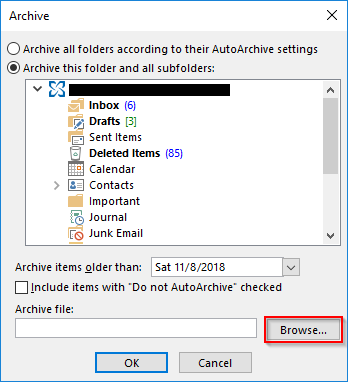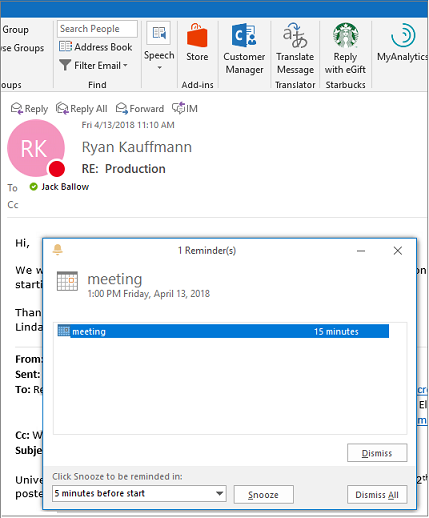
You can interact with this calendar card just as you normally do with the calendar when you are not in board view. When you first activate the board, there’s a pinned card version of your Outlook calendar on it, and thus, whatever events and other information that you already have put on it will appear here.
#How to use outlook calendar 2013 how to#
Here is a rundown of the cards that you can include on your Outlook board and how to interact with them. (Click image to enlarge it.) Types of cards you can pin to your board Use the layout thumbnail in the lower-right corner to see where you are on the board. A thumbnail will appear in the lower-right corner showing you the layout of the board and where you are on it.

To navigate your view of the board, click-and-hold an area of the board that is not covered by a card and drag the four-arrows (or grabbing hand) pointer so that you can see a different part of the board. As you do so, you may not be able to see them all at once. Outlook’s board view is set up as an “infinite canvas” where you can keep adding cards to your board.

To change a due date you’ve set, click the three-dot icon and select Edit due date. To set a due date for a card, click the three-dot icon, select Set due date, and select a date from the calendar that appears. To change the background color of a card, click the three-dot icon on the upper-right of the card, select Change color, and make a color selection. Changing a card’s background color can help it stand out on the board, or you can set up a color-coded scheme for different projects. Most card types let you change their background color and/or set a due date. Click Lock items again to unfreeze the cards. To prevent the cards on your board from being moved or resized unintentionally when you’re navigating among them, click on the Lock items toggle switch at the upper-right corner of the board. You can easily resize or move a calendar, note, or task list card. To move the card, move your cursor pointer (which may look like four arrows or a grabbing hand, depending on your browser and operating system) to the center of the card then click-and-hold and drag the card to another spot on the board. To resize the card, drag one of the eight points that appear around the edges of the card. Then click-and-hold and drag the arrows to enlarge or shrink the card’s size.Īnother way to move or resize a card is to click the three-dot icon on the upper-right of the card and select Resize from the menu that opens. To do this, move the pointer to a side or corner of the card until it changes to double-ended arrows. The cards for calendars, notes, and task lists can be resized. Then click-and-hold an area toward the border of the card, drag the card to another place on your board, and let go to set it back onto the board. Click the card so that it becomes highlighted by a blue border. You can move any card to another place on your board. While there are specific ways to interact with certain types of cards (covered later in the story), there are a few general ways to work with cards, such as moving them, resizing them, and changing their background color. Change your cards’ layout, appearance, and more This means you can have multiple calendars, notes, files, etc. Note that you can add several of the same type of card to your board. As you keep adding cards, each one will appear in an empty space on the board. Once you’ve selected a card type, the card will appear on your board. (I’ll go over all the card types in detail later in the story.) IDG Select Show all to see several more types of cards. From the menu that opens, select the type of card you want to add to your board.

Toward the upper-left of your Outlook Board home screen, click Add to board. (Click image to enlarge it.) Pin cards to your board You access the board layout by changing the view (in the upper-right corner) to Board. (Instead of “Month,” this button may say “Day,” “Work Week,” or “Week.”) The board interface appears in place of your monthly (or daily or weekly) calendar view. On the upper-right corner of the Calendar page, click the Month button, and from the drop-down menu that opens, select Board.

This opens your Outlook calendar in the browser window. In the toolbar running down the left edge of the page, click the Calendar icon.
#How to use outlook calendar 2013 free#
Go to your Outlook home screen in your web browser, which may be at or, depending on whether you have a Microsoft 365 subscription or a free account.


 0 kommentar(er)
0 kommentar(er)
